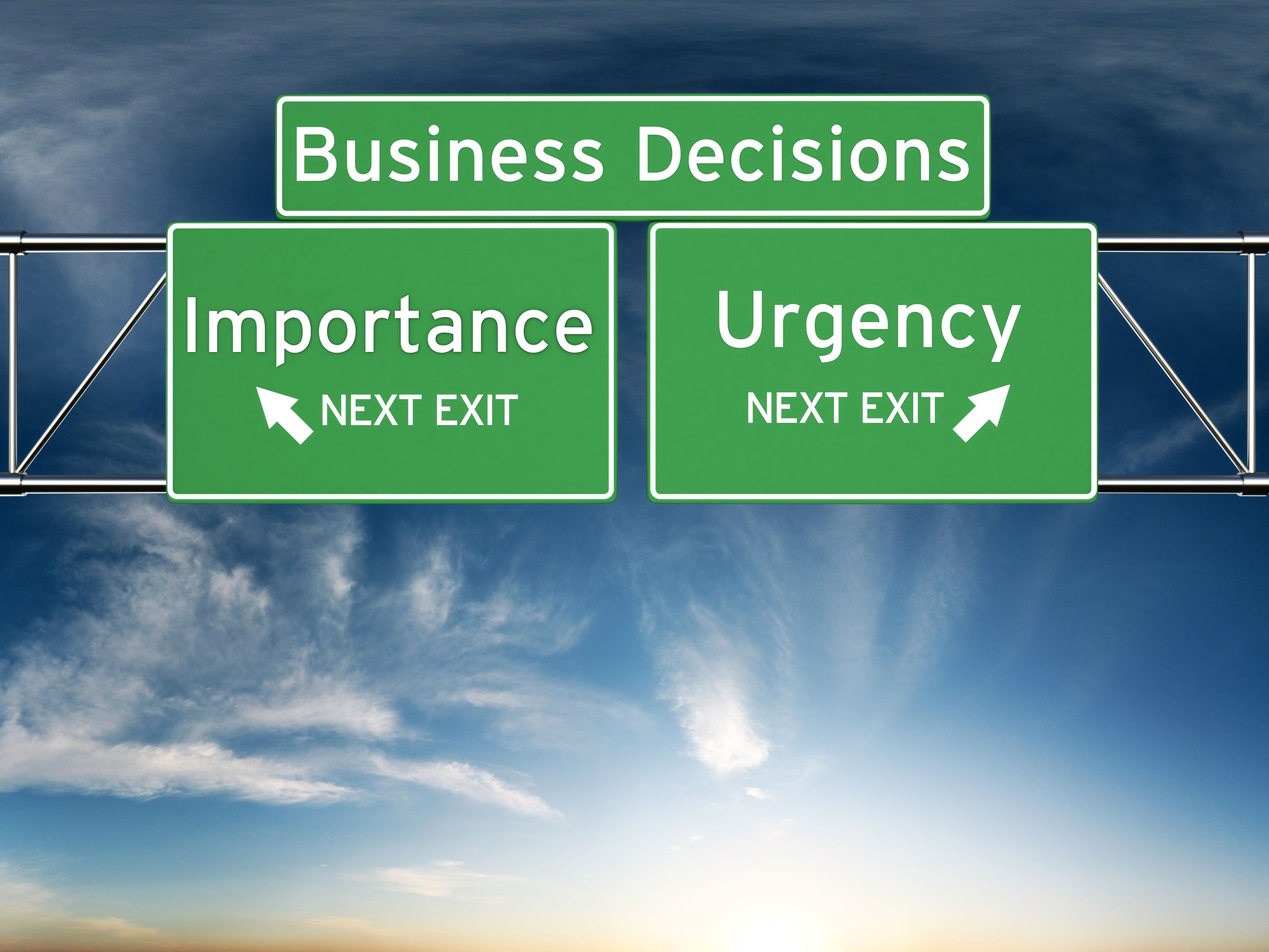Why Every Small Business Needs a Backup and Disaster Recovery Plan

Data Loss is Increasing and It’s Costly
In today’s digitally active world, small businesses cannot afford to lose their data even for a short amount of time. According to research by Security Week, the total volume of data loss at an enterprise level has increased more than 400% over the past couple years. IT Web suggests that the total cost of data breaches will be more than $2.1 trillion by 2019.
A recent Verizon report found that small data breaches- those with fewer than 100 files — cost a company between $18,120 and $35, 730. Another scary statistic is that more than 90% of companies that experience at least seven days of data center down time will typically go out of business within one year.
Whether the loss of data is due to natural disaster, human error, a cyber attack or hardware failure, data loss is very risky and very expensive. That’s why now more than ever, companies need to invest time and money in a backup and discovery recovery solution to help give peace of mind and minimize costs.
Smaller businesses are actually exposed to a great amount of risk since cyber criminals know they are easy targets since many of them do not take the time or have the internal resources to guard against it. A few days of downtime for a small business can be detrimental to a business surviving.
Here are just a few more stats pulled from an article on LinkedIn in 2016 on how data loss and business continuity in the wake of disasters are highly applicable to both single location businesses storing data onsite and multi-location businesses storing data in a single cloud.
- 86% of server workloads are forecast to be virtualized by 2016 (2014-15 Virtual Server Backup Software Buyer Guide)
- The number one IT priority for mid-market organizations over the next 12 months is to improve data backup and recovery. (ESG Lab Review: Data Protection, Recovery and Business Continuity with SIRIS 2 from Datto)
- 96% of all business workstations are not being backed up (Contingency Planning and Strategic Research Corporation)
- 58% of downtime incidents are caused by human error alone. Natural disaster account for only 10% of downtime(Enterprise and the Cost of Downtime, Independent Oracle User Group, 2012)
- 35% of servers have a downtime tolerance of 15 minutes or less (ESG Research: BC/DR Survey Final Results, Enterprise Strategy Group, 2015)
- The leading cause of incidents and outages is hardware failure/server room failures. Next is environmental disasters, and last is miscellaneous outages (The 2015 Disaster Recovery & Business Continuity Survey)
- 93% of companies that lost their data center for 10 days or more during a disaster, filed for bankruptcy within one year of the disaster (National Archives & Records Administration in Washington)
- Of companies that suffer catastrophic data loss: 43% never reopen and 51% close within two years (University of Texas)
- 30% of all businesses that have a major fire go out of business within a year and 70% fail within five years (Boston Computing Network, Data Loss Statistics)
- The average cost of downtime per hour is $25,000 to $50,000+ (Advertorial Infographic: Why Disaster Recovery in the Cloud Should Be in Your Plans, International Data Group, 2015)
- Companies with 100 – 2,000 employees are likely to experience costs over $20,000 in the event of a disaster(The 2015 Disaster Recovery & Business Continuity Survey)
As we finish up 2017 and head into 2018, if your small business does not have a backup and disaster recovery solution and/or plan, it is a most have resolution for your business.
What is Backup and Disaster Recovery?
Backup and Disaster Recovery or (BDR) can be defined simply as the combination of data backup and disaster recovery solutions that are designed to work together to ensure uptime, diminish data loss, and maximize productivity in the midst of an attack, natural disaster or other compromising situation.
 Five Reasons Why Small Businesses Need a BDR Plan
Five Reasons Why Small Businesses Need a BDR Plan
- Natural Disasters: This year, the United States has been hit by several natural disasters from floods to fires, earthquakes, and more which are uncontrollable circumstances which caused many businesses to experience downtime. Is your small business prepared when natural disaster strikes?
- Cyber Attacks: Cyber criminals are focusing more of their attention on businesses they feel are unprotected which makes small businesses more vulnerable. A BDR plan can limit the impact of an attack and hopefully prevent the business from losing valuable data.
- Protect Client Data: Are you a retailer or online business where you are housing client data? A BDR plan will help ensure that their information is properly stores and controlled. A security breach could ruin the reputation of your brand and business and the future of your business.
- To Err is Human: Sometimes the employees of a business can be at fault for data losses. Not only is it important to train a company’s staff properly but also have backup solutions that are available in case situations like this arise.
- Systems Can Fail: No solution is every perfect. Hardware, machines and other systems can fail. Even systems that come with 99.95 uptime guarantees may falter every once in a while.
Putting Together a Plan and Checklist
You know that you need a disaster recovery plan but do not know where to start. First, make a list of all the technologies your business uses. Then, go through each department in your company and determine what technology that department needs to function on a day-to-day basis. How long realistically can your business be down and still operational?
Identify which items in your business need the most protection. You may not need to backup your entire systems. Create a list detailing crucial data and examine their location. This information will allow you to make decisions on the frequency of backups and how much storage you may need.
Create a Schedule for your Backup and determine your storage needs. Depending on the industry of your business, you may not need to retain every backup created unless there are legal requirements which may require different regulations such as companies in the healthcare and financial industries.
What to look for in a BDR Solution?
How does a company pick the appropriate BDR solution that fits for their business? There are a few things to consider: Hardware Compatability, Scalable pricing, around-the clock support and a strong reputation. A company should do their research to find the right fit for their needs.
Zerto, one of Zunesis’ preferred partners has come up with a guide that has 10 questions that you should ask before choosing a DR solution. Download it here.
TEST TEST TEST
After implementing a backup system, it is important to routinely test your backup system. Periodically test to restore some data and be sure you can still use it. Many managed backup solutions will include test restores as part of the service.
Adjust your backup and recovery strategy as the needs of your company changes. Know what you need and how often it changes to create a strategy that protects core functions without dramatically increasing costs.
Contact Zunesis for a review of your backup and data recovery infrastructure and we can give recommendations on what will work best for the needs of your company and how to implement those solutions.
Categories
Search
Blog Categories
Related Resources
Archives
- July 2024
- June 2024
- May 2024
- April 2024
- March 2024
- January 2024
- October 2023
- September 2023
- August 2023
- July 2023
- June 2023
- May 2023
- April 2023
- March 2023
- February 2023
- January 2023
- October 2022
- July 2022
- June 2022
- May 2022
- April 2022
- March 2022
- February 2022
- January 2022
- December 2021
- November 2021
- October 2021
- September 2021
- August 2021
- July 2021
- June 2021
- May 2021
- April 2021
- March 2021
- February 2021
- January 2021
- December 2020
- November 2020
- October 2020
- September 2020
- August 2020
- July 2020
- June 2020
- May 2020
- April 2020
- March 2020
- February 2020
- January 2020
- December 2019
- November 2019
- October 2019
- September 2019
- August 2019
- July 2019
- June 2019
- May 2019
- April 2019
- March 2019
- February 2019
- January 2019
- December 2018
- November 2018
- October 2018
- September 2018
- August 2018
- July 2018
- June 2018
- May 2018
- April 2018
- March 2018
- February 2018
- January 2018
- December 2017
- November 2017
- October 2017
- September 2017
- August 2017
- July 2017
- June 2017
- May 2017
- April 2017
- March 2017
- February 2017
- January 2017
- December 2016
- November 2016
- October 2016
- September 2016
- August 2016
- July 2016
- June 2016
- May 2016
- March 2016
- February 2016
- January 2016
- December 2015
- October 2015
- September 2015
- August 2015
- July 2015
- June 2015
- May 2015
- April 2015
- March 2015
- February 2015
- January 2014
- February 2013




